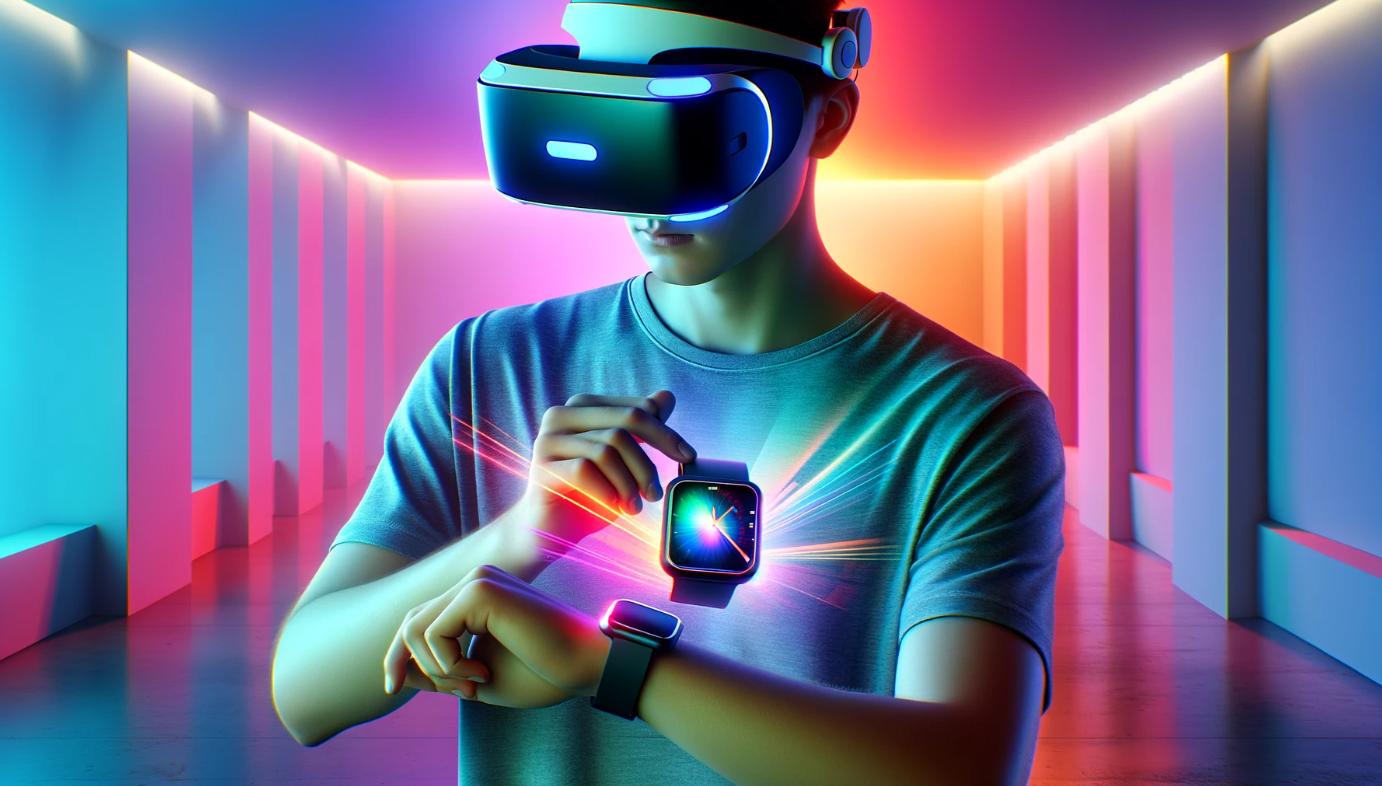In a remarkable leap forward for medical technology applications, a Brazilian surgeon has recently integrated the Apple Vision Pro into a surgical procedure to repair a damaged shoulder. This marks a significant departure from conventional surgical techniques, showcasing an innovative blend of technology and medicine. By employing Apple Vision Pro, the surgeon not only enhanced the precision of the operation but also paved the way for less invasive methods, potentially reducing recovery times and improving outcomes for patients. The use of augmented reality headsets in surgery could represent a new era in healthcare, providing real-time data and 3D imaging directly to the surgeon’s field of view.
Technological Integration in Medical Practice
The incorporation of devices like the Apple Vision Pro into surgical practices is not entirely new; however, the scale and success of its application in complex procedures such as shoulder surgery are notable. This device provides surgeons with enhanced visual details, which are crucial in navigating the intricate aspects of human anatomy. The real-time imaging and data overlay during the operation allow for a level of precision that was previously difficult to achieve.
Comparative Insights from Other Innovations
Similar technological adoptions have been observed in other medical fields. For instance, articles from The Verge and The Medical Futurist discuss the use of augmented reality headsets in neurosurgery and their potential to reduce operative times and improve surgical accuracy. The Medical Futurist’s article “Augmented Reality in Neurosurgery: The Next Big Leap?” highlights the reduced risk of errors and enhanced educational possibilities for medical students.
Scientific Perspectives on Augmented Reality in Surgery
A scientific paper published in the Journal of Medical Robotics and Automation titled “Augmented Reality and Robotics in Spinal Surgery: Current Applications and Future Perspectives” discusses similar technology applications in spinal surgeries. The study emphasizes that augmented reality can significantly decrease the risk associated with complex spinal procedures by providing the surgeon with unprecedented anatomical clarity and procedural guidance.
Practical Implications of Augmented Reality in Surgery
The successful integration of augmented reality technologies like the Apple Vision Pro into surgical procedures not only marks an advancement in medical technology but also indicates a shift towards more patient-centered and precise healthcare. Beyond improving surgical outcomes, this technological shift is likely to influence future training and protocols within the medical community. As this technology becomes more widespread, its implications on patient care, procedural safety, and healthcare economics will continue to evolve, potentially setting new standards in numerous medical specialties.










